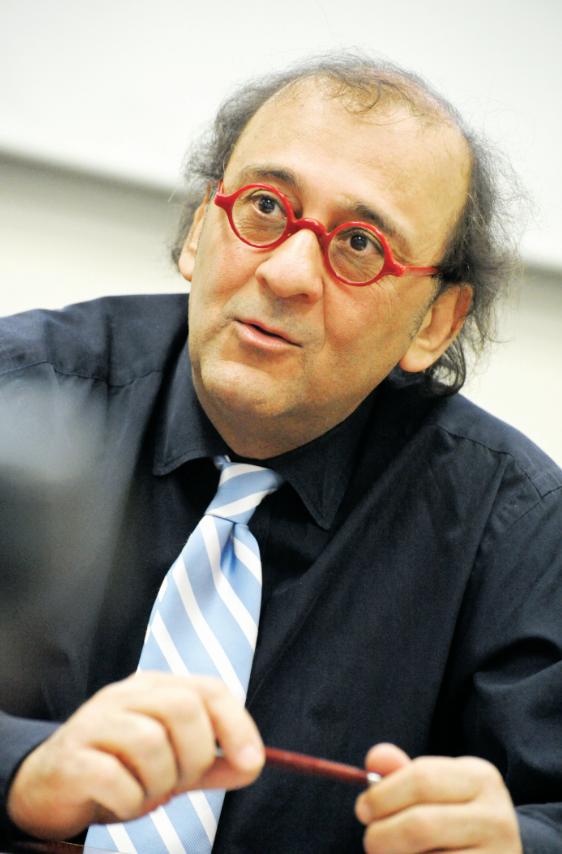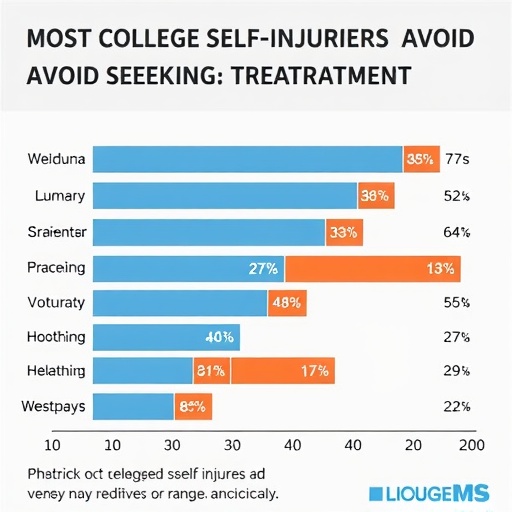Pinpoint technology turns pipe replacement from ‘amputation into microsurgery’

Credit: The University of Texas at Arlington
The University of Texas at Arlington and the city of Waxahachie are collaborating on robotic inspections of several miles of the city’s sewer pipelines.
Ali Abolmaali, professor and chair of UTA’s Civil Engineering Department, will lead the pilot project, which will lead to estimates on the remaining service life of the pipelines.
Half the project will be inspection and half will be data evaluation. Data retrieved from the robot will be used for a variety of assessments. For example, core samples taken from the pipes will be analyzed by a scanning electron microscope to relate material chemistry to pipe strength, in addition to using finite element modeling and employing artificial intelligence.
In 2015, Abolmaali–a renowned pipe expert–was awarded a grant to evaluate and predict the life of some of the City of Arlington’s pipes. He’s also done pipeline performance evaluations for the cities of Ennis and Frisco. But this project goes beyond his previous work to evaluate the remaining service life for pipelines in Waxahachie.
“This is a tremendous step forward from a project that Professor Abolmaali initiated with the city of Arlington, and it’s wonderful to see the impact that UTA scholarship and research is having on the communities we serve,” UTA President Vistasp Karbhari said. “Professor Abolmaali’s ability to continue enhancing the state-of-the-art in pipeline assessment, along with enabling practical application of the research that results in tremendous cost savings and increase in safety for cities, is a wonderful example of university research having local impact.”
UTA will work with RedZone on the robotic inspection of the sewer pipes and with Public Water Solutions, a water consultant.
“We are excited about the opportunity to partner with UTA on this project,” said Tommy Ludwig, Waxahachie assistant city manager. “Waxahachie continually looks for ways to deliver service to our customers in the most cost-effective and efficient ways possible. We believe that this partnership with Dr. Abolmaali and his team will help us continue in this effort by helping the city prioritize repairs and better utilize the funds allocated to its Capital Improvement Plan.”
Abolmaali, who also is the Dr. Tseng Huang Endowed Professor, noted that Waxahachie’s initial proposed pilot pipeline is made of vitrified clay pipe, a blend of clay and shale that’s been fired under high temperatures.
“This type of pipe usually has been in the ground for several decades,” he said.
Ron Lusk, president of Public Water Solutions, said working with UTA and Waxahachie on this project illustrates the way private companies can work with public entities to help aid capital infrastructure decisions and, ultimately, residents and businesses.
“The frustration with pipe replacement has been the expense and disruption of digging up streets and sidewalks,” he said. “A pipe segment often can’t be replaced without a significant excavation, so the solution up until today has been to replace long stretches of pipe. Now there is an option that allows pinpointing analysis onto almost each and every pipe segment, freeing up much-needed funds. Pipe replacement becomes microsurgery instead of amputation.”
The work will be done through UTA’s Center for Structural Engineering Research and Simulation/Pipeline Inspection. Abolmaali is director of the center.
In a separate project, Abolmaali recently designed a fiber-reinforced pipe that meets American Society for Testing and Materials specifications for the first time. Based on his leading edge research in this area, he worked with industry associations and colleagues around the globe to establish that new standard. He was recently awarded a $653,000 contract by the Texas Department of Transportation (TxDOT) to test the longer-lasting concrete pipes embedded with polypropylene fibers for strength and durability.
###
Media Contact
Jeff Carlton
[email protected]
817-272-5364
Original Source
https:/




